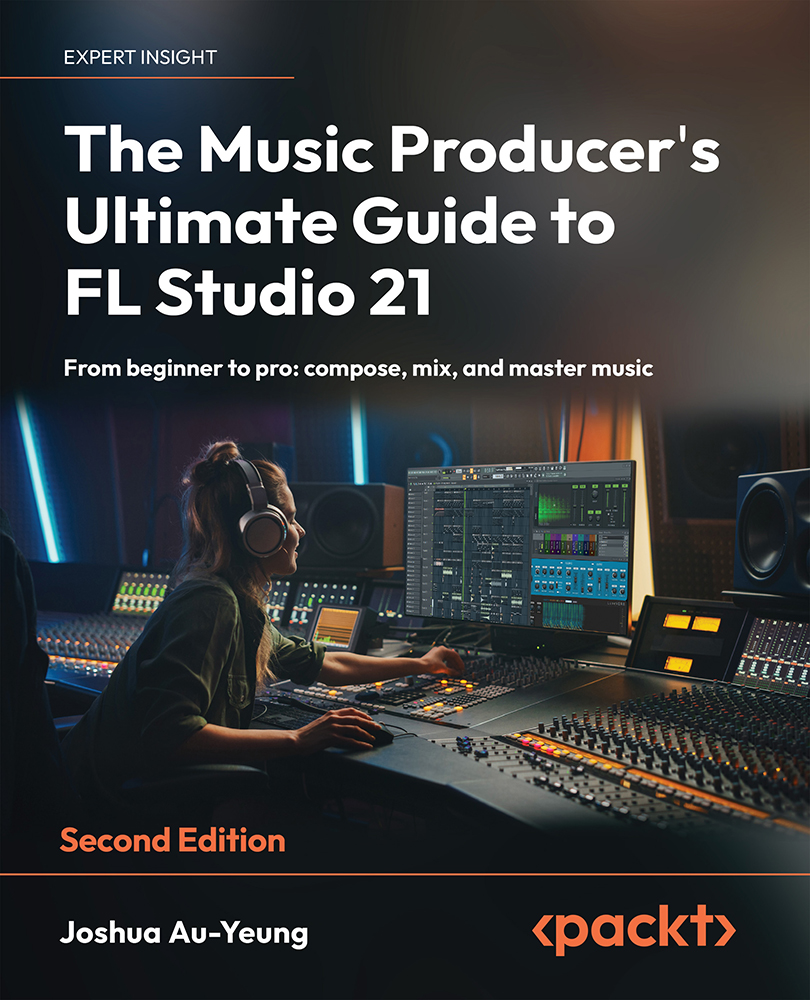Exporting sheet music
Traditionally, when learning to play music, musicians learn to read sheet music. Sheet music allows musicians to transfer a musical idea to another musician so that they understand how to play the song. To read sheet music, they’d need to learn a large vocabulary of symbols and syntax so that they could understand what the other musician is saying.
If you want to export your music in the form of sheet music so that a live musician can play it, select the FILE | Export as score sheet option. This will provide you with controls over the sheet music, such as the time signature and scale, as seen in the following screenshot:
Figure 3.31 – Export as score sheet
After clicking Start, a PDF will be created with the sheet music, such as the one in the following screenshot:
Figure 3.32 – Sheet music
For a trained musician, this sheet music may not provide enough syntax notation. If this is the case, you’ll need...
































































